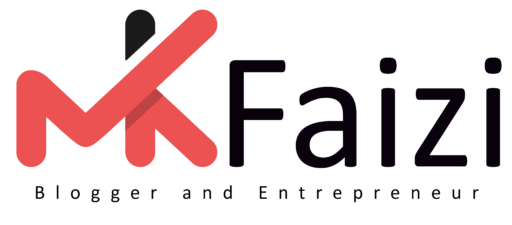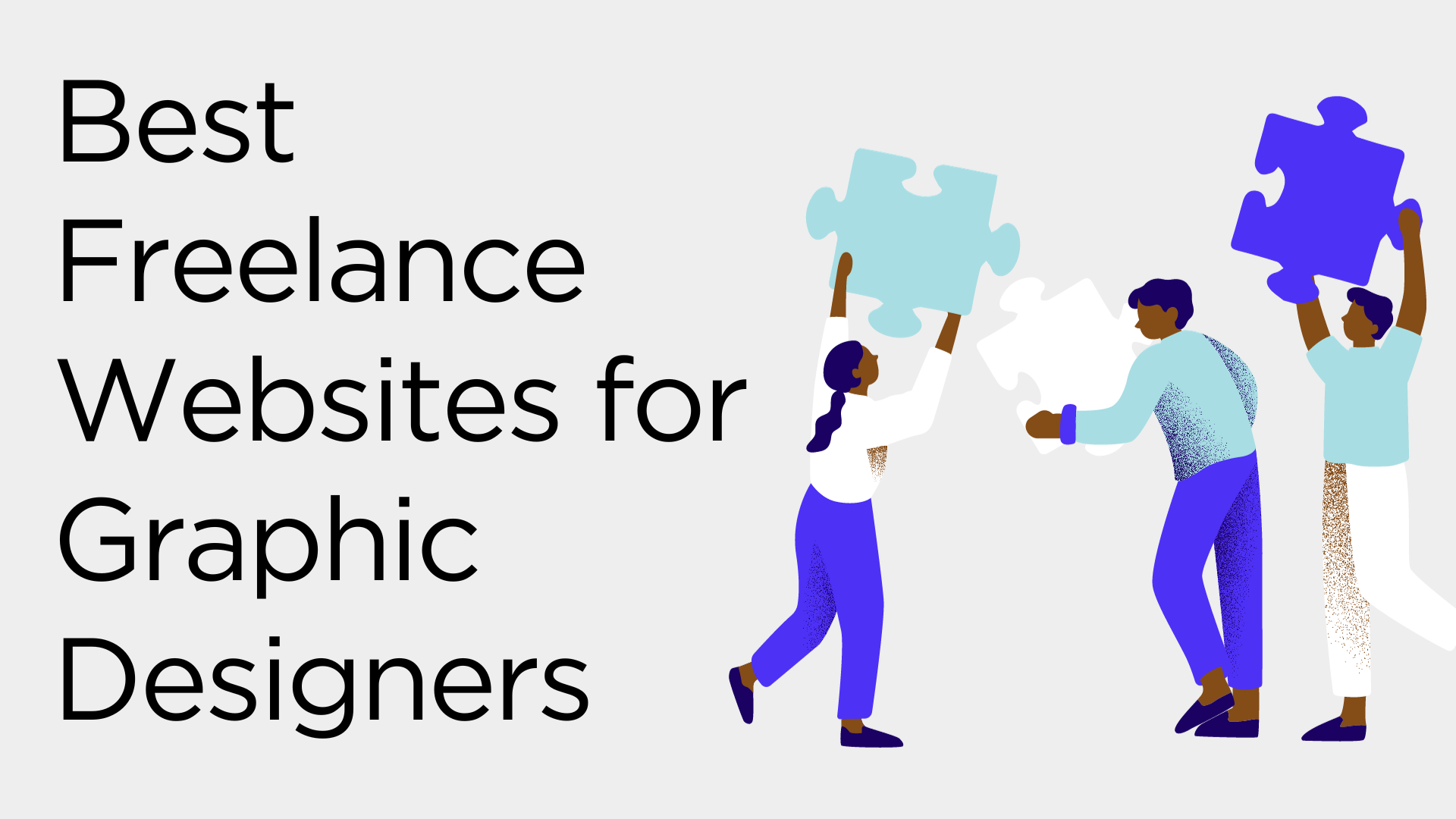In the ever-evolving realm of graphic design, freelancers are increasingly turning to dedicated platforms to showcase their talent and secure exciting projects. Here, we’ll explore the best freelance websites for graphic designers, delving into their pros and cons along with insights into how each platform operates.
Upwork: Where Talent Meets Opportunity
Pros:
- Vast client base offering diverse projects.
- Robust review and rating system for freelancers.
- Secure payment protection for both parties.
Cons:
- High competition among freelancers.
- Service fees can be relatively high.
How Upwork Works: Upwork operates as a marketplace where freelancers create profiles, set their rates, and bid on projects posted by clients. The platform facilitates communication and project management, ensuring a streamlined workflow.
Fiverr: Graphic Design Gigs Made Easy
Pros:
- Unique gig-based system simplifying project acquisition.
- Option to offer additional services (gig extras).
- Clear and straightforward pricing.
Cons:
- Limited pricing flexibility.
- Some projects may be undervalued.
How Fiverr Works: Fiverr stands out with its gig-based approach. Graphic designers create specific services or “gigs” with set prices, making it easy for clients to find and hire them directly.
99designs: Elevating Design Contests
Pros:
- Design contest model provides exposure.
- Clients can choose from a variety of submitted designs.
- Collaboration opportunities with other designers.
Cons:
- Only the winning design gets paid in contests.
- Limited direct client interaction.
How 99designs Works: At 99designs, clients launch design contests, and designers submit their work. The client then selects the winning design, and the chosen designer receives the payment.
Toptal: Premium Talent, Exceptional Projects
Pros:
- Rigorous screening process for freelancers.
- High-quality, well-paying projects.
- Dedicated support and project management.
Cons:
- Exclusive; not everyone gets accepted.
- Limited flexibility in setting rates.
How Toptal Works: Toptal positions itself as a platform for top-tier talent. Designers undergo a stringent screening process, and once accepted, they are matched with high-profile clients seeking premium design services.
Freelancer: Connecting Global Talent
Pros:
- Large pool of global clients.
- Feature-rich platform with a user-friendly interface.
- Option for hourly or project-based work.
Cons:
- Service fees can impact overall earnings.
- Quality may vary due to a vast range of projects.
How Freelancer Works: Freelancer operates similarly to Upwork, allowing designers to bid on projects. The platform also offers a contest feature where clients can choose the best design from multiple submissions.
Dribbble: Showcasing Creativity to the World
Pros:
- Exclusive community for designers.
- Visual-focused platform for portfolio display.
- Opportunities for networking and collaboration.
Cons:
- Limited project opportunities compared to job boards.
- Membership is required for full access.
How Dribbble Works: Dribbble serves as a showcase platform for designers to display their work. Designers share “shots,” small screenshots of their projects. While it’s not a direct job board, it offers exposure that can lead to freelance opportunities.
FlexJobs: Finding Flexible Design Opportunities
Pros:
- Curated job listings with a focus on remote and flexible work.
- Scam-free environment with a subscription-based model.
- Varied opportunities in different industries, including design.
Cons:
- Subscription fee may be a barrier for some users.
- Design-specific jobs may be limited compared to other platforms.
How FlexJobs Works: FlexJobs is a subscription-based job platform that curates flexible and remote job opportunities. While not design-specific, it offers a range of design-related roles in a scam-free environment.
AIGA Design Jobs: A Hub for Design Professionals
Pros:
- Job listings curated by the American Institute of Graphic Arts.
- Focus on design-specific roles in various industries.
- Networking opportunities through AIGA membership.
Cons:
- Membership is required for full job access.
- Limited non-design roles compared to general job boards.
How AIGA Design Jobs Works: AIGA Design Jobs is a job board curated by the American Institute of Graphic Arts. It features design-specific roles across different industries, providing a platform for both job seekers and employers in the design field.
Working Not Working: The Creative Community Hub
Pros:
- Exclusive network for creative professionals.
- Transparent job postings with details on compensation.
- Opportunities for direct collaboration with companies.
Cons:
- Membership is required for full access.
- Limited opportunities for beginners.
How Working Not Working Works: Working Not Working is an exclusive platform connecting creative professionals with companies. Members can browse job opportunities, and companies can directly reach out to freelancers for projects, fostering a sense of community.
Coroflot Freelance Design Hotline: Quick Connections for Freelancers
Pros:
- Design-specific job board.
- Quick application process.
- Opportunities from well-known companies.
Cons:
- Limited job listings compared to larger platforms.
- Some projects may have tight deadlines.
How Coroflot Freelance Design Hotline Works: Coroflot’s Freelance Design Hotline is a job board dedicated to design roles. It allows freelancers to quickly apply to projects posted by various companies, providing a platform for designers to find short-term opportunities.
Authentic Jobs: Where Creativity Meets Career
Pros:
- Job board with a focus on creative and design positions.
- Regularly updated with new opportunities.
- Clear and straightforward application process.
Cons:
- Some job listings may redirect to external sites.
- Competition can be high for popular roles.
How Authentic Jobs Works: Authentic Jobs is a job board specifically for creative professionals, including designers. It features regularly updated job listings with a straightforward application process, connecting talented individuals with exciting opportunities.
If You Could: Unconventional Opportunities for Creatives
Pros:
- Platform for unique and unconventional projects.
- Focus on creativity and innovation.
- Opportunities for portfolio enhancement.
Cons:
- Limited job listings compared to broader platforms.
- Specific niche may not appeal to all designers.
How If You Could Works: If You Could is a platform that showcases unique and unconventional projects. While not exclusively a job board, it provides opportunities for designers to engage in creative projects that go beyond traditional design work.
Freelancing Females: Empowering Women in Freelance
Pros:
- Community-focused platform for female freelancers.
- Networking opportunities and mentorship programs.
- Job postings specifically for freelancing women.
Cons:
- Membership is required for full access.
- Opportunities may be limited compared to larger platforms.
How Freelancing Females Works: Freelancing Females is a platform dedicated to supporting and connecting female freelancers. It offers job postings, networking opportunities, and mentorship programs, creating a supportive community for women in the freelance industry.
Conclusion: Choosing Your Canvas
As a graphic designer, the key to success lies in selecting the Best freelance platforms for beginners that align with your skills, preferences, and career goals. Each of the mentioned freelance websites has its unique features and drawbacks, catering to different needs in the creative industry.
In the realm of freelance graphic design, success is not one-size-fits-all. It’s about finding the freelance platforms where your creativity flourishes, your skills shine, and your career aspirations become a vivid reality.
Discovering the best freelance websites for graphic designers is just the beginning. Ready to take the next step? Click here to explore freelance graphic design jobs for beginners.
FAQs:
What skills do I need to succeed as a freelance graphic designer?
Success in freelance graphic design requires a strong foundation in graphic design principles, proficiency in design tools, effective communication, and the ability to meet deadlines.
How can I stand out on freelance platforms?
Build a compelling portfolio showcasing your best work, craft a detailed and engaging profile, set competitive prices, and actively communicate with potential clients.
Are freelance platforms suitable for beginners?
Yes, many freelance platforms welcome beginners. Start by taking on smaller projects to build your profile and gradually increase the complexity of your work.
How do I handle payment on these platforms?
Most platforms offer secure payment systems. Familiarize yourself with the platform’s payment process, including invoicing, and use secure channels for transactions.
What is the average income for freelance graphic designers?
Income varies widely based on experience, skill level, and the platform. On average, freelance graphic designers can earn anywhere from $25 to $100 per hour or more for specialized projects.

